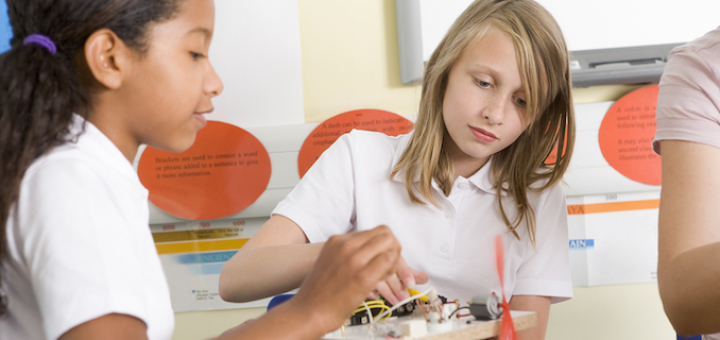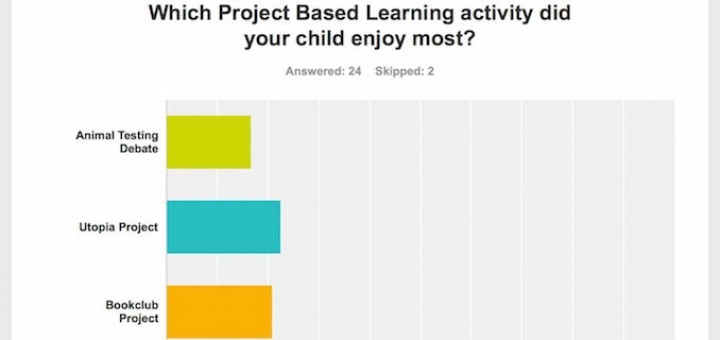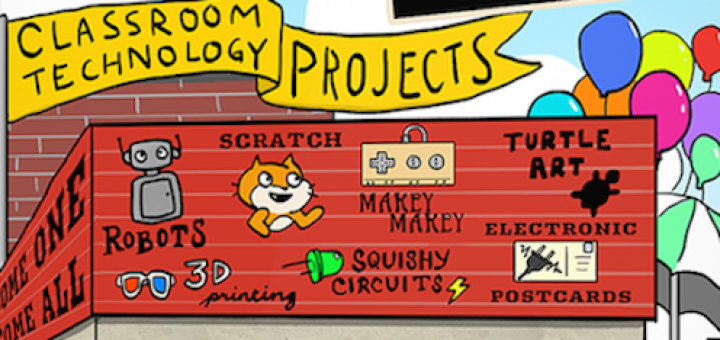Teaching and learning in grades 4-8
Young adolescents need classrooms designed to meet their unique physical, intellectual and social-emotional needs, says middle school veteran Cheryl Mizerny. Her spot-on advice can help educators develop a teaching style that maximizes tween achievement.
Start now! Once you take the time to focus on moments from last year, and then reflect and stretch your thinking beyond your own perspective, your mind will be set for opening up to meaningful co-teaching relationships and more student success in 2015-16.
Quick, ongoing classroom assessments of STEM learning can give teachers the timely information they need to keep lessons on track and be sure students are developing the skills to solve real-world STEM problems. Anne Jolly shares lots of assessment ideas.
Children’s writer and systems engineer Robert Black, who is finishing his third mathematical novel for middle schoolers, describes the challenges of making math stories engaging and offers tips for students and teachers interested in the new fiction genre.
Relationships are built when children know that caring adults are on their side. If teachers team up with parents and families, they can help create success for even the most difficult students. Amber Chandler shares the strategies that work in her MS classroom.
Author and literacy consultant Regie Routman is a passionate cook who loves to make fresh fruit tarts. Here she draws connections between learning to bake and learning to teach, using her Optimal Learning Model as a framework. Fruit tart recipe included!
School technology coach Josh Burker offers eight reasons why classroom making is not only playful and fun but also an effective strategy to build organizational, problem-solving and leadership skills. Included: A MaKey MaKey musical instruments project.
In Power Up, Diana Neebe and Jen Roberts offer a 1:1 teaching framework that will guide teachers from the implementation process to a technology-rich learning environment. The online companion PD resources are extensive, says reviewer Sandy Wisneski.
Jennifer Serravallo’s new book on reading strategies was worth the wait, says Linda Biondi. It offers “adaptable, research based lessons targeting student’s skills, adaptable to different levels of students and texts, as well as different reading programs.”
Sarah Tantillo’s MiddleWeb post, Socratic Seminars in the Middle, has racked up tens of thousands of visits. Now Sarah, author of The Literacy Cookbook, is back with a tweak to her recipe, suggested by colleague Jamison Fort. See his students in action.







































